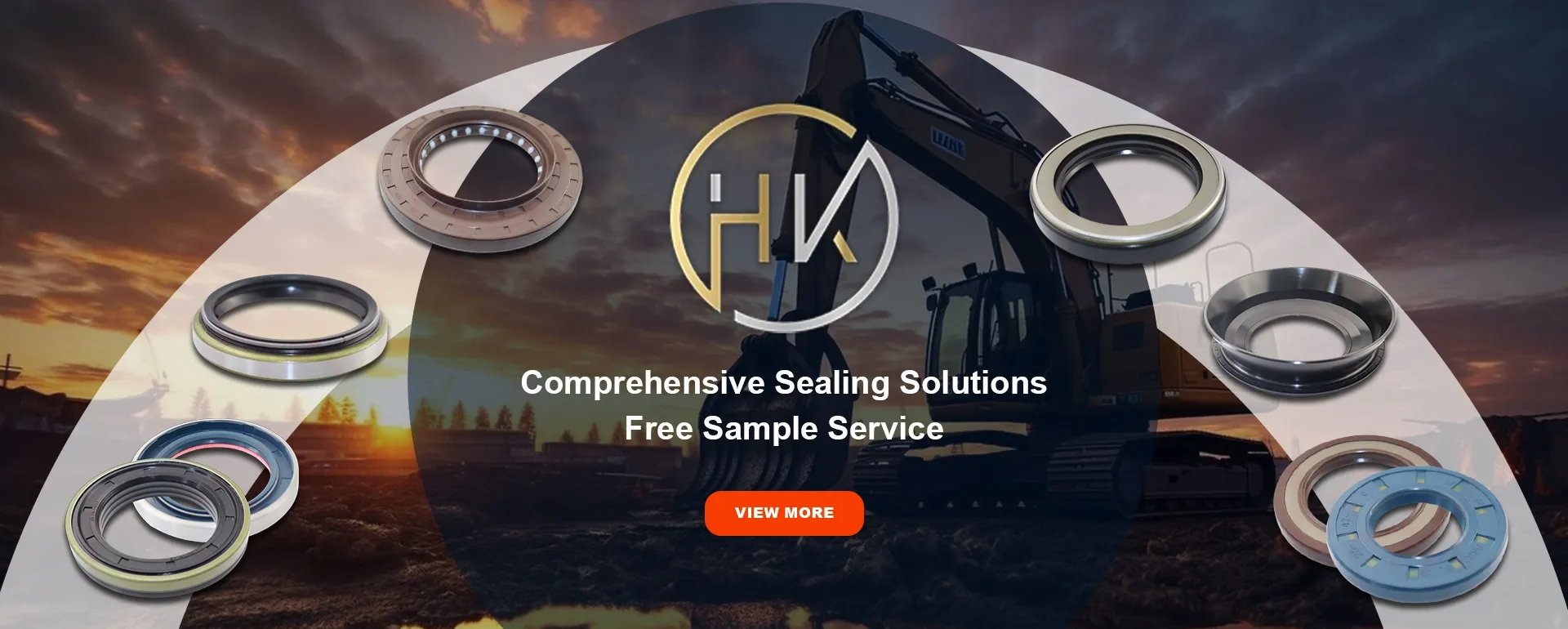Dec . 12, 2024 11:33 Back to list
shaft oil seal
Understanding Shaft Oil Seals An Essential Component in Machinery
Shaft oil seals are crucial components in various mechanical systems, playing a significant role in maintaining the efficiency and reliability of machinery. These seals are designed to prevent the leakage of lubricants and the ingress of contaminants, ensuring optimal performance and longevity of the equipment they protect. This article delves into the essential functions, types, applications, and considerations in the use of shaft oil seals.
What is a Shaft Oil Seal?
A shaft oil seal, also known as a rotary seal or lip seal, is a mechanical component used to seal the space between a rotating shaft and its housing. It serves two primary functions to retain lubricant within the machinery and to block the entry of dirt, dust, and other foreign particles. Typically made from materials such as rubber or polyurethane, these seals can withstand various environmental conditions and maintain performance under pressure and temperature fluctuations.
How Shaft Oil Seals Work
The design of a shaft oil seal usually consists of a circular elastomeric material with a flexible lip that makes contact with the shaft's surface. This lip creates a hydrodynamic seal that minimizes leakage while allowing for some movement of the shaft. The inner diameter of the seal is typically fitted tightly around the shaft, while the outer diameter is installed in the housing. As the machine operates, the seal accommodates the rotation of the shaft, ensuring that lubricants stay within the designated area while preventing the intrusion of harmful contaminants.
Types of Shaft Oil Seals
There are several types of shaft oil seals, each suited for specific applications
1. Rubber Oil Seals The most common type, made from various rubber materials, providing good resistance to oils and a wide range of temperatures.
2. Polymeric Seals These seals combine rubber with other polymers for enhanced performance in extreme temperatures and conditions.
3. Metallic Seals Incorporating metal components, these seals are designed for high-pressure applications and environments where traditional seals might fail.
4. V-Seals This type is used for small shafts and is known for its simplicity and effectiveness in preventing dirt ingress.
5. Custom Seals Designed to meet specific requirements for unique applications, these seals are fabricated based on precise specifications.
Applications of Shaft Oil Seals
shaft oil seal

Shaft oil seals are widely used across various industries, including
- Automotive In vehicles, they are commonly found in engines, transmissions, axles, and differentials, where they help maintain proper lubricant levels and protect against contaminants.
- Industrial Machinery Equipment such as pumps, motors, and compressors relies on oil seals to ensure smooth operation and prevent leaks that could lead to costly repairs.
- Aerospace Seals in aircraft engines and components must meet stringent standards to withstand extreme conditions and pressures.
- Marine Equipment In boats and ships, oil seals help protect propulsion systems and reduce the risk of oil leaks that could impact performance and eco-compliance.
Choosing the Right Shaft Oil Seal
When selecting a shaft oil seal, several factors should be considered to ensure optimal performance and longevity
1. Material Compatibility The seal material must be compatible with the lubricants and environmental conditions it will encounter.
2. Temperature Range Consider the operating temperature of the machinery to choose a seal that can withstand extreme conditions.
3. Pressure Rating Ensure the seal can handle the pressure prevalent in the application without failure.
4. Shaft Size and Speed The dimensions and rotational speed of the shaft will influence the seal's effectiveness, as well as its wear rate.
5. Installation and Maintenance Proper installation and regular maintenance are vital for maximizing the lifespan of shaft oil seals.
Conclusion
Shaft oil seals are integral components that ensure the smooth operation and longevity of various mechanical systems. Understanding their functions, types, and applications can assist engineers and technicians in making informed choices regarding their use, ultimately enhancing machine performance and reliability. With the right focus on material selection, installation, and maintenance, the efficiency of machinery can be significantly improved, reducing downtime and operational costs.
-
TCN Oil Seal Metal Ring Reinforcement for Heavy Machinery
NewsJul.25,2025
-
Rotary Lip Seal Spring-Loaded Design for High-Speed Applications
NewsJul.25,2025
-
Hydraulic Cylinder Seals Polyurethane Material for High-Impact Jobs
NewsJul.25,2025
-
High Pressure Oil Seal Polyurethane Coating Wear Resistance
NewsJul.25,2025
-
Dust Proof Seal Double Lip Design for Construction Equipment
NewsJul.25,2025
-
Hub Seal Polyurethane Wear Resistance in Agricultural Vehicles
NewsJul.25,2025
-
The Trans-formative Journey of Wheel Hub Oil Seals
NewsJun.06,2025
Products categories
















